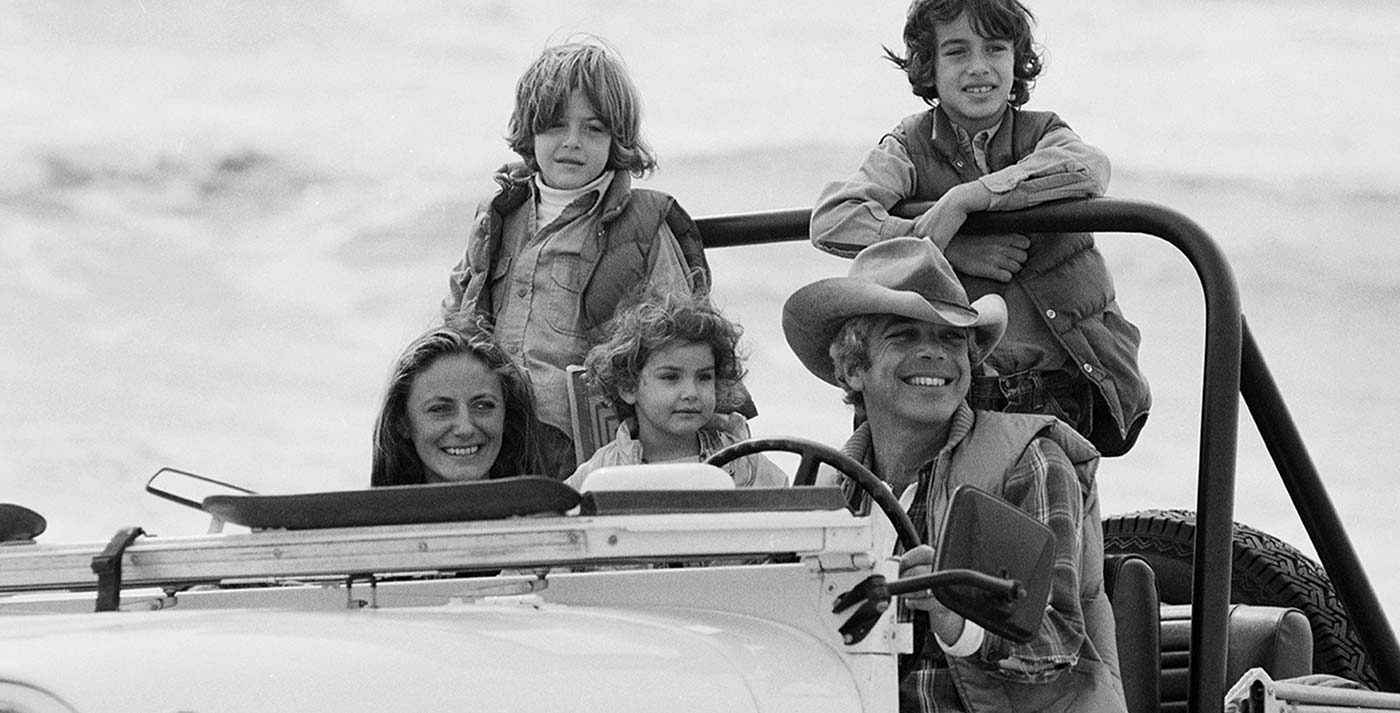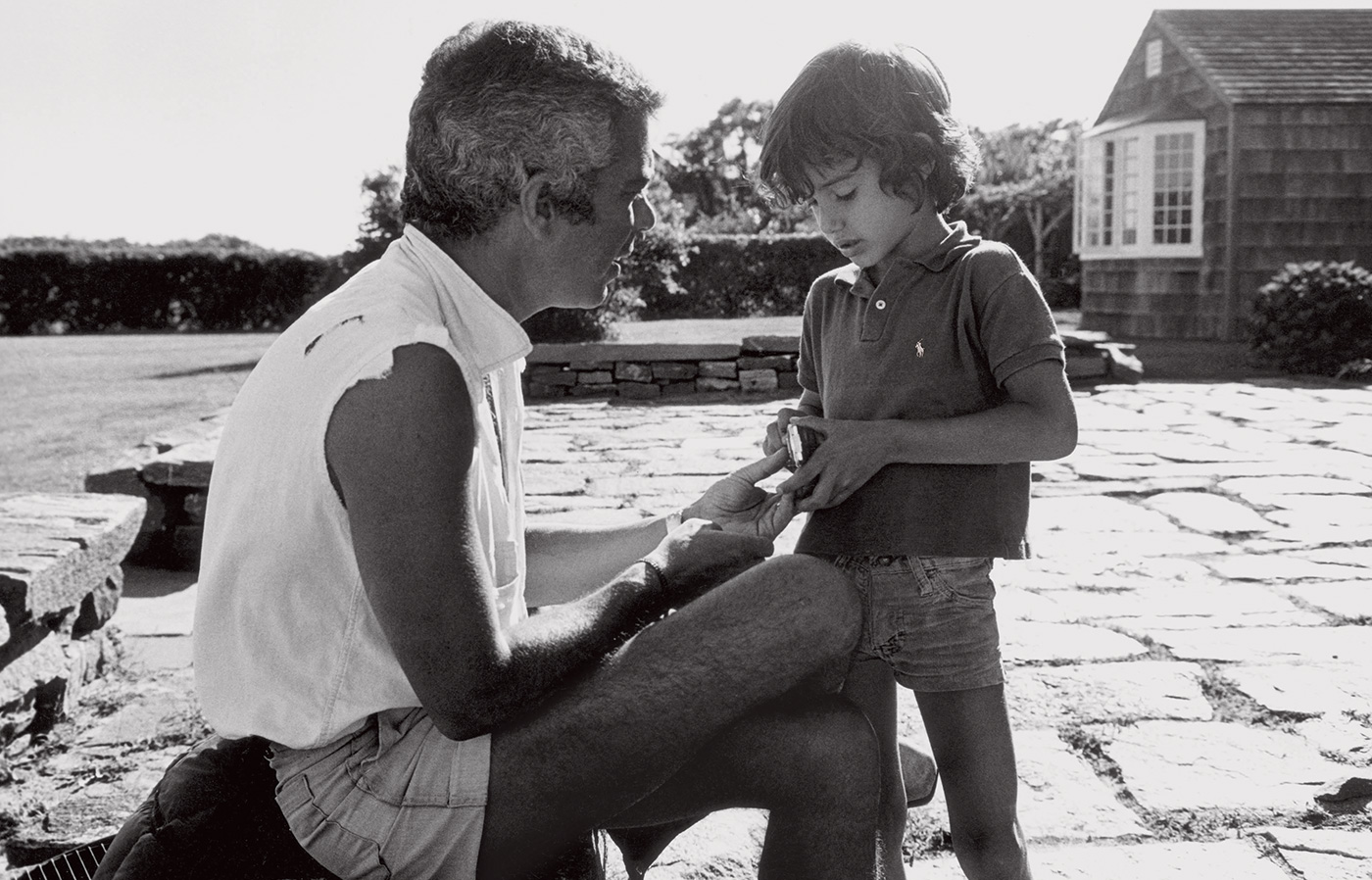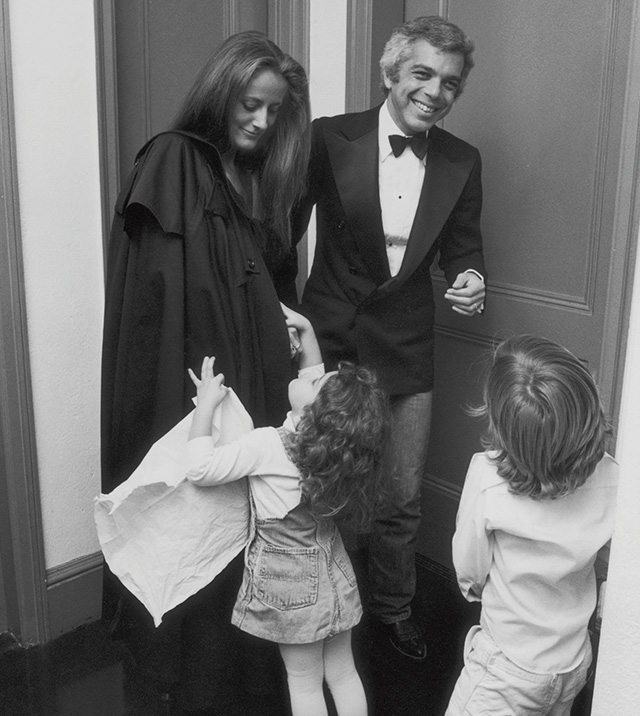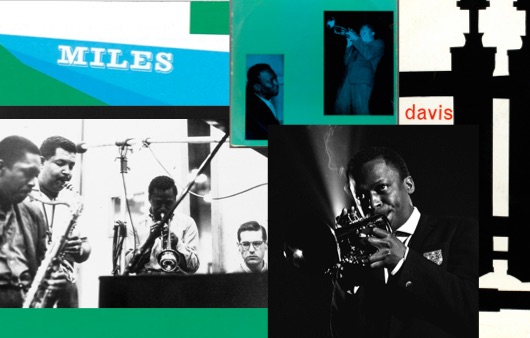
Living
In the opening essay to his self-titled book, originally released in 2007, Ralph Lauren articulated a highly personal and powerful vision of a life well lived, and of the people, places, and things that inspire his work. To mark the debut of an updated and expanded edition of the book, we present an excerpt from that original essay—which, like the clothes Ralph has spent the past five decades designing, was meticulously conceived and crafted to stand the test of timeWhen I was very young growing up in the Bronx, I saw the world through a glass window, not the one that looked out on the schoolyard where we played basketball, but the one that looked out on my dreams. Like most young people, I didn’t know if I would ever achieve those dreams, because when you’re not born with money and you have to go out and work to buy a shirt or a pair of pants, you take nothing for granted.
I remember seeing a pair of blue suede shoes in a store window that I passed every day after school. I loved those shoes, and I really wanted them, but I didn’t have the money. I couldn’t wait for my birthday, hoping they might be a gift and then I would finally have those blue suede shoes. I think I’m still that boy standing in front of the window filled with the same excitement, yearning for something just out of reach, not blue suede shoes, but something beautiful and timeless that conjures up a world and takes you there.
* * *
When I’d go to the movies it was as if a window opened up to a world I had never dreamed of and I walked right in. If it was a Western, it wasn’t just watching John Wayne on the screen—I was the cowboy, I was the man on the horse. And when I went to a baseball game, I was the one hitting home runs. And so, my designs came out of things that people really do and dream about and think about.
* * *

Personal style is about having a sense of yourself and a sense of what you believe in, which is basically self-confidence. When you have that confidence you can wear whatever you want and project something personal about who you are and how you feel.
* * *
Americans are about the casual life. They love comfort and informality. When I was growing up people dressed for the weekends the way they did during the week. It wasn’t until American life evolved and people started moving to the suburbs and having cookouts and enjoying more free time that there was a need for more comfortable clothes. I was creating American sportswear—clothes for every day, clothes for play, clothes for living as opposed to outfits for special occasions or work. Sportswear is about living and that’s where America has made its mark.
* * *
My ideas of home and family are deeply rooted in what I knew growing up. I was raised by wonderful parents who loved their kids. When you grow up with parents who care about their children, it rubs off on you. My parents, my brothers and sister, their moods and tastes and projects gave scenery and shape to my life and inspired me to structure both my personal and professional lives around my family. Once Ricky and I had our two sons and our daughter, our family style was based on the same sense of involvement in each other’s lives. It’s a feeling that we share and pass on to the next generation.
Your children become an expression of yourself, of your dreams. My children are grown now, but I still think of them when they were little. They never age in my memory.
* * *
I have always loved contradiction and the unexpected. When Ricky and I first started going to black-tie events, I hated wearing a straight tuxedo. I felt I had somehow lost my identity. I’d wear my jeans and boots with a tuxedo jacket or a Western shirt and cowboy tie. When Ricky wore a white tie and tails with her hair long and hardly any makeup, she was still that natural girl in the overalls, but more surprising. Over the years I’ve dressed women in all kinds of black tie—with jeans, with skinny leggings, with short skirts and long skirts, with studded motorcycle jackets and French berets. I always thought a woman in a tuxedo was sexier than a girl in a gown.
* * *
Before I had a home in the West, I lived there in my heart. A friend of mine gave me an old beat-up cowboy hat and that was my first taste of the Western dream. I grew up liking the tradition of preppy clothes, and then, all of a sudden, I found myself moving to the traditions of the West—jeans and cowboy boots. Both styles were very American, but the Western sensibility was untouched in a way.

I was always searching for inspiration from the world around me. I found the cowboy to be sort of a renegade. I related to that spirit. Eventually, we made a home for ourselves in Colorado and had a ranch, and the dream became real—I was the cowboy. I was very inspired by the land, by horses, mountains, log cabins, the open air—a freer life.
I began sending models down the runway in beat-up cowboy hats and boots, in leather chaps toting six-shooters. I went from American country to the Wild Wild West, and along the way I was discovering America for myself and in my own way.
* * *
I love places and things that transform us, that take us someplace else for a day, or an evening, or just for a moment. I love the romance of movies, cars, the lyrics of Cole Porter and the songs of Frank Sinatra. They all have one thing in common—they have no age; they have no time.
- PHOTOGRAPH BY SUSAN WOOD; COURTESY OF RALPH LAUREN CORPORATION
- PHOTOGRAPH BY BARBARA WALZ; COURTESY OF RALPH LAUREN CORPORATION







